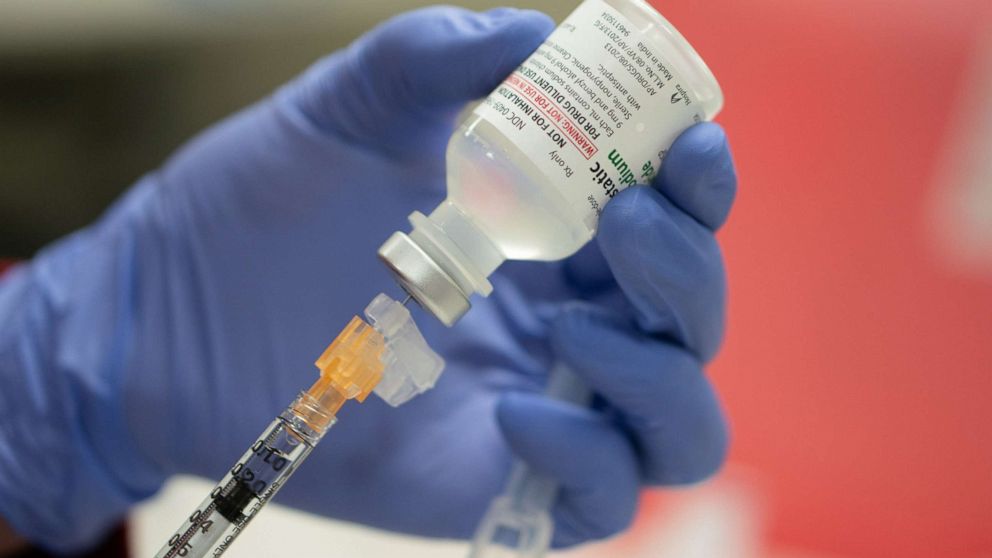
New Normal: The 50 States of America
(South Korea) on 7 March 2021
by Yoo Hye-young (link to original)
This was the single most frequently asked question of 2020 received by writers with political science degrees. In a country boasting a population of 330 million people, there have been over 28 million official confirmed cases of COVID-19 and 520,000 deaths, meaning that one out of every five deaths in the world has taken place in the U.S.. Despite these highly concerning statistics, the majority of U.S. news in 2020 was filled with despairingly repetitive stories of people ignoring the advice of health authorities, not wearing masks and continuing to open major attractions and events that drew large numbers of people together.
When the vaccine came out, however, it seemed as if things were starting to look up. As of Mar. 5, over 16% of the U.S. population had received one or more doses of the vaccine, and people were hopeful of a return to normalcy. Perhaps taking this hope too far, the state of Texas has already announced that, beginning Mar. 10, people will no longer have to wear masks in public spaces, and restrictions on the size of gatherings previously enforced in workplaces, restaurants and sports centers will also be lifted. This was made alongside Republican Gov. Greg Abbott’s declaration, “It is now time to open Texas 100%.”
We ask then, has the state seen dramatic improvement in its response to the pandemic? The statistics don’t seem to say so. In Texas alone, more than 45,000 COVID-19 related deaths have been reported, and the daily average for new cases is still above 7,000. Moreover, out of all 50 states, Texas sits at 48th place for percentage of people vaccinated.
Abbott’s decision in Texas reveals to us why it is that the American response to the COVID-19 pandemic has been so poor: It is because the U.S. is a federal state. Given that various places in the U.S. have unique geographical and economic conditions, the United States has developed a federal state structure that gives the 50 states autonomy and judgement over its area of jurisdiction. As a result, however, the actual influence the U.S. president has over state decisions and policies is little to none. State laws, governors and state government decisions are prioritized over federal laws and guidelines, meaning that situations like the COVID-19 pandemic can be particularly problematic because cooperation across different levels of government within the U.S. is critical.
The federal mandate requiring people to continue wearing masks was issued by President Joe Biden immediately following his inauguration. However, this regulation has limited authority, as it only applies to federal officials and people in buildings and facilities owned by the federal government. In all other spaces, the state government’s policy on wearing masks takes precedence even if it conflicts with the president’s mandate. This manner of enforcing policies and mandates in America is significantly different from the Korean government, which has required people to wear masks on public transportation everywhere from Seoul to Jeju Island.
Upon hearing of the Texas and Mississippi governors’ decisions to stop enforcing mask wearing in public spaces, Biden immediately took a critical stance, going so far as to accuse them of “neanderthal thinking,” as their judgement was not backed up by science whatsoever. In response, the president has once again reiterated that the best strategy to fight against COVID-19 in the U.S. is to follow the advice of scientists and health experts. Beyond that, however, there is no way for the president to reverse the governors’ decisions.
Before actually going to America, I was always confused at the way people in the U.S. would answer the question, “Where are you from?” with a state name such as “Texas” or “California” instead of “the United States.” Having spent some time there, I now realize that the 50 U.S. states truly are “different countries.” State governments have authority over areas that the federal government and president lack, and the state a person is from has a heavy impact on their identity. In fact, the more I thought about how different the 50 states were, the more impressed I became at the single, unified country that they formed. The United States is at a crossroads in its fight against COVID-19. The death toll during this pandemic has risen higher than that of any war the U.S. has participated in in the past, yet it is unable to employ wartime operations. Although the U.S. is one country composed of 50 vastly different states, the fight against COVID-19 can only be won if the state and federal government work together in complete unison.

